Electroacoustics, the relationship between electrical signals and sound waves, seems to have a special place in the hearts of Danish scientists and innovators. This love affair has lasted for decades, if not centuries, and has resulted in major contributions in many industries including high fidelity audio reproduction. We are currently visiting Danish audio companies to (un)cover the current state of the Danish HiFi legacy and this time the trip went to Purifi Audio in Roskilde.
Purifi Audio will still be an unknown name to most people. Unlike our previous hosts, System Audio and Audiovector, Purifi is a young company and does not bring any end-user products to market. Instead, they focus on quite fundamental research and development within the areas of loudspeaker drive units and class D amplification modules. Although our offices are only 16km apart we first learned about Purifi Audio a few months ago when NAD announced their new NAD Masters M33 integrated amplifier that incorporates Purifi’s Eigentakt class D modules. The article caught our attention, and we decided to get in touch with Purifi to learn more about their projects and technologies. Already before we managed to arrange a visit NAD broke the news of yet another amplifier with Purifi technology. The NAD C298 Stereo Power Amplifier.
The Purifi headquarters are in Roskilde, only 40 minutes drive from the heart of Copenhagen. An autumn Wednesday morning we were warmly welcomed by Claus Neesgaard, co-owner and Director, and co-founder Lars Risbo. A bit later Carsten Tinggaard, co-owner of Purifi Transducer Technology, joined our pleasant chat.
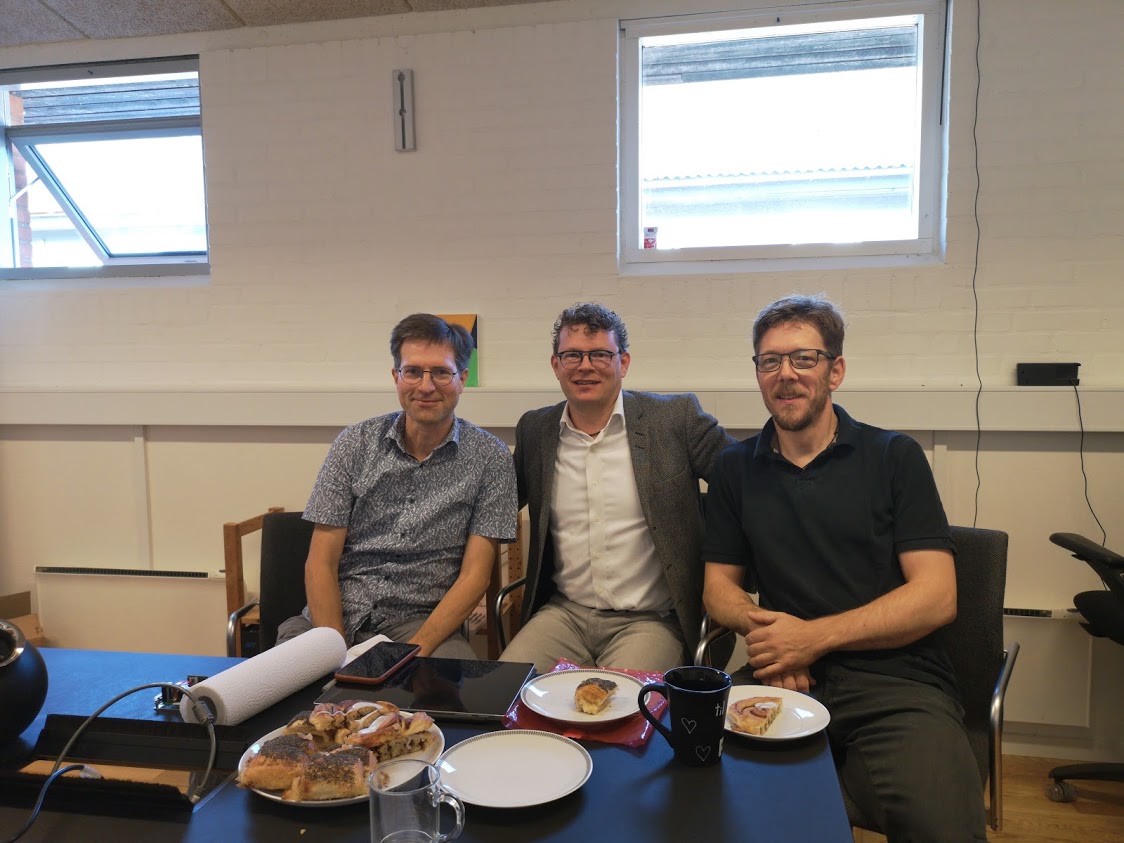
We quickly realized that Purifi comprises a group of uniquely talented people that are very passionate about a better future for, not only high-end, but also mainstream audio. We are grateful that they took hours out of their schedule to tell us about Purifi and their products. As you can read in the following we learned a lot.
The making of Purifi
The story of Purifi starts with Lars Risbo and Bruno Putzeys - two grand old (but still young) men in the area of class D amplification. Both took an early interest in sigma-delta modulated DA conversion and later shifted their attention to PWM based amplification during the 90s. Lars invented PCM controlled PWM amplification in an academic setting and then went on to co-found Toccata Technology and commercialize the technology under the technology brand name EquiBit in 1997. This was Lars’ first joint venture with Peter Lyngdorf, who was and is one of the most successful entrepreneurs of the Danish HiFi industry ever (owner at the time of the Hifi Klubben retail chain, DALI, NAD, and Snell Acoustics - now Hifi Klubben, DALI, Lyngdorf-Steinway Audio, and Purifi Audio). Meanwhile, Bruno was proving and honing his understanding of PWM amplifiers with analog control at Philips. He then went to Hypex Electronics and helped them bring the renowned UcD and nCore class D technologies to market - the resulting lines of amplifier modules are arguably the most commercially successful high end class D modules ever.
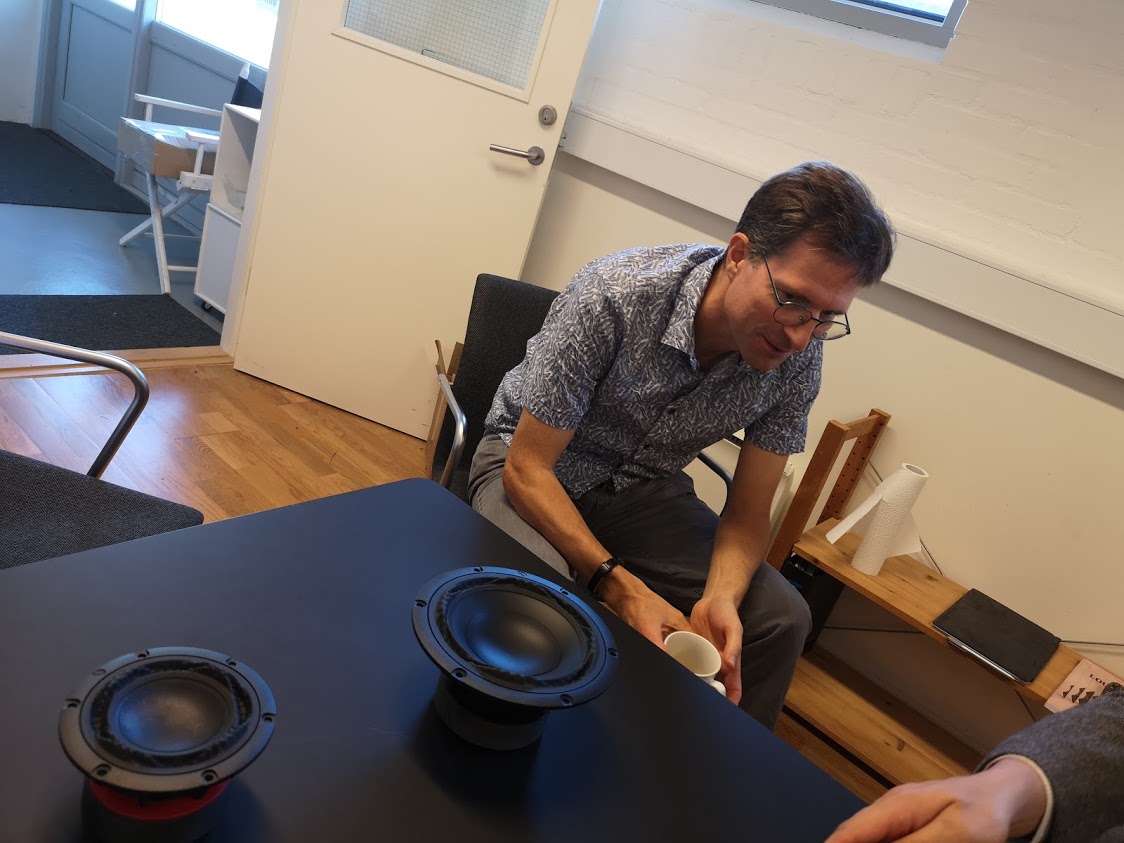
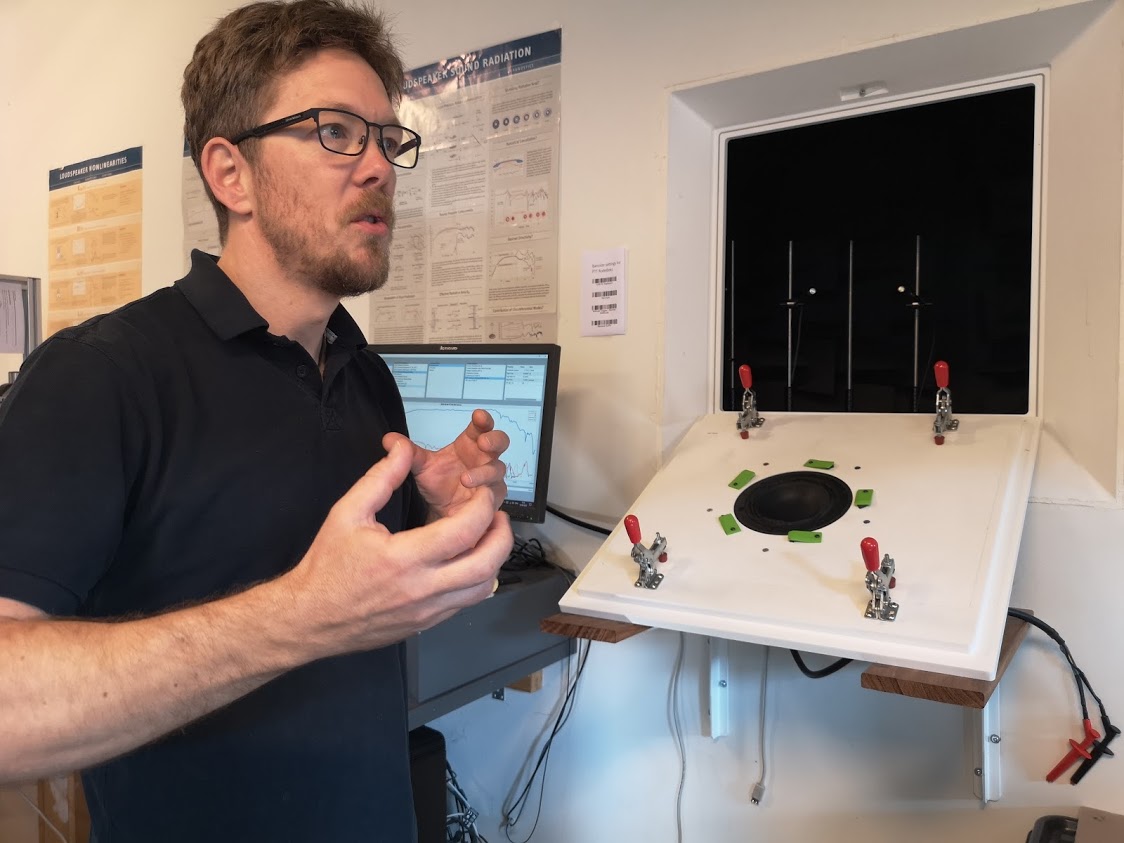
Being part of the same community Lars and Bruno often met at various events, but never really engaged until 2014. In 2015 their conversations became more serious and the idea of an intelligent digitally controlled amplifier that could sense and correct distortion in standard loudspeaker drivers emerged. When looking into this they quickly realized that there were still areas to be improved in class D amplification as well as in transducer design. They discussed their ideas with Peter Lyngdorf, and he was eager to back the project financially. Bruno picked up his research related to amplifiers and submitted three patents regarding a new topology for class D amplifiers that yields a distortion improvement of 20 dB over the existing best. Meanwhile, Lars was working with Carsten Tinggaard, speaker driver expert and owner of PointSource Acoustics, to obtain a fundamental understanding of non-linear distortion factors in speaker drivers and also found obvious improvement opportunities in this area. In 2017, they therefore formalized the collaboration between PointSource Acoustics and Purifi by forming Purifi Transducer Technology ApS as subsidiary for transducer R&D .
The research into the idea of compensating amplifiers had now revealed two obvious areas of technology, class D amplification and transducers, that presented opportunities for real progress independent of the original idea. As reflected by the current company structure Purifi decided to pursue both areas with Bruno Putzeys as head of R&D of the Eigentakt amplification technology vector, Lars Risbo as head of R&D, and Carsten Tinggaard as COO of the transducer technology vector. One major role, however, was still open: Someone with a deep knowledge of the involved technologies combined with a flair for the more business oriented aspects needed to govern the strategic direction and develop the business. Claus Neesgaard, a former employee of Toccata Technology that followed along to make a great career at Texas Instruments when Toccata was sold to them in 2000, seemed to fit the bill perfectly and was offered the role in October 2017.
Company philosophy and DNA
When telling about the company, Claus, Lars, and Carsten were very particular about the fact that Purifi Audio is a ‘research first’ company. First of all because they are all rooted in the science based approach to engineering taught at the Technical University of Denmark - it is basically in their DNA. Second of all because they all have first-hand experience with the messes that arise when companies and/or employees try to perform research as part of projects with actual delivery schedules - it always results in long delays and often also in questionable outcomes. The company norm is therefore to insist on a full understanding of the problem domain and all implicated factors before attempting a solution. As Lars puts it: 90% of the time is spent stating the problem, and 10% is spent finding a proper solution. This seems excessive, but one has to keep in mind that in this context ‘stating’ implies the creation of a complete and accurate mathematical model in MatLab where all relevant parameters can be adjusted according to need. After that the notion of proper solutions becomes a customizable concept that is controllable via model parameters.
An important prerequisite of the ‘research first’ approach is that the involved research is thorough enough. Purifi therefore actively entertains a culture of debate and inquisitive questioning amongst the employees. All hypotheses and models can, and should, be openly challenged by anyone that feels doubt. Not only are all internal voices valued equally but Purifi also allows external voices to be heard in the form of several university student collaboration projects per year. Clearly, such an elaborative approach to product development is costly in terms of time and money, but the Purifi philosophy dictates that rewards will be reaped if you dig deep enough and get the product exactly right.
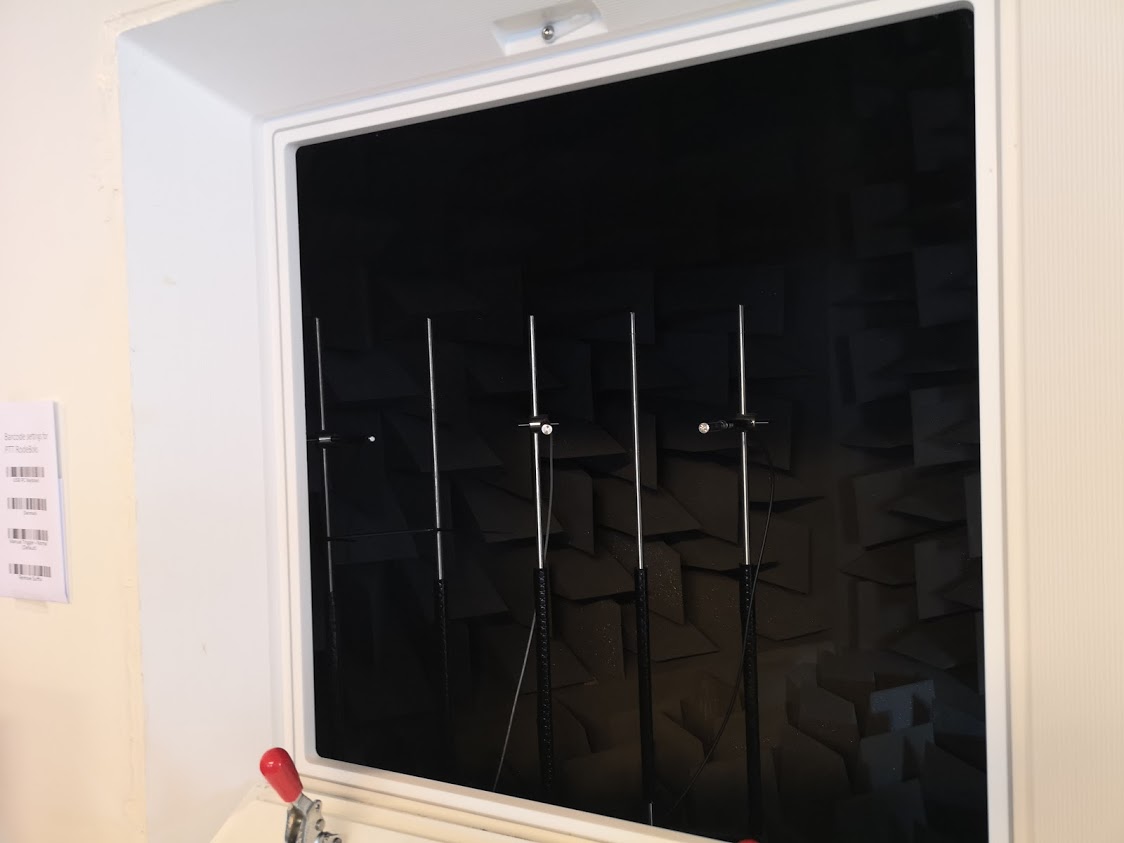
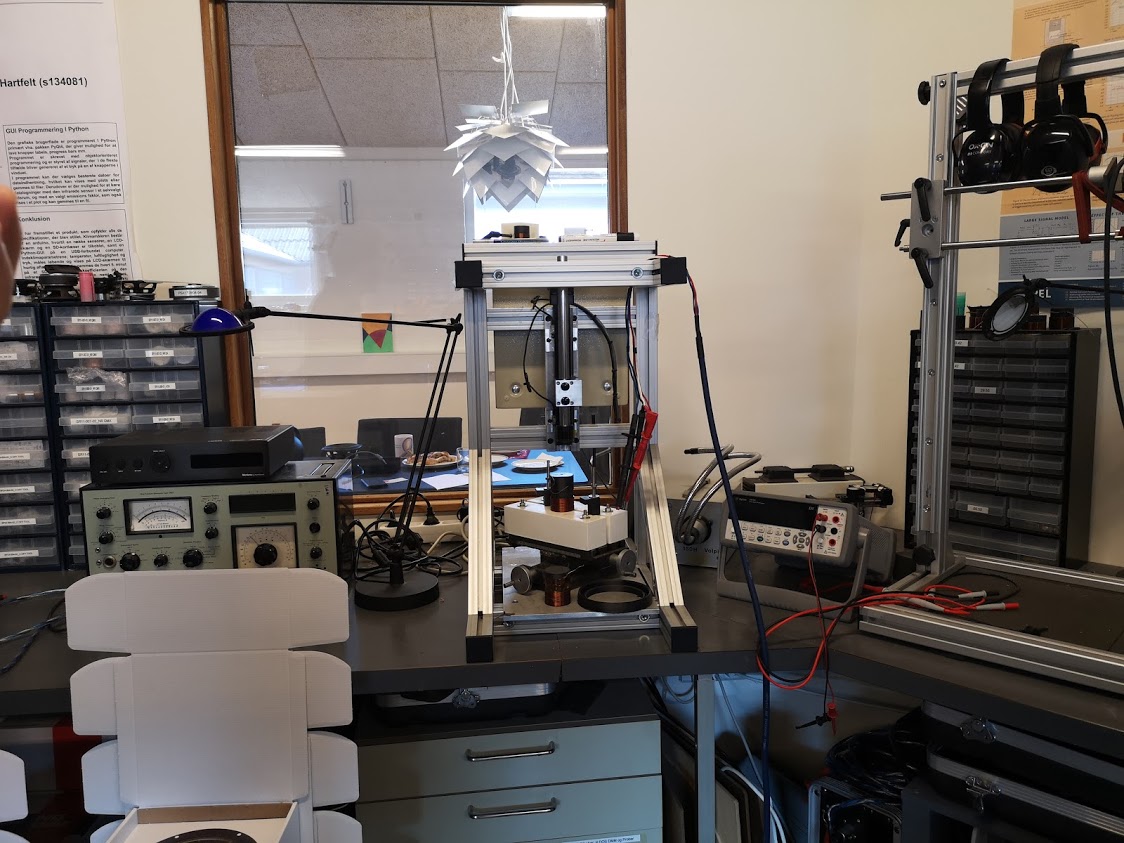
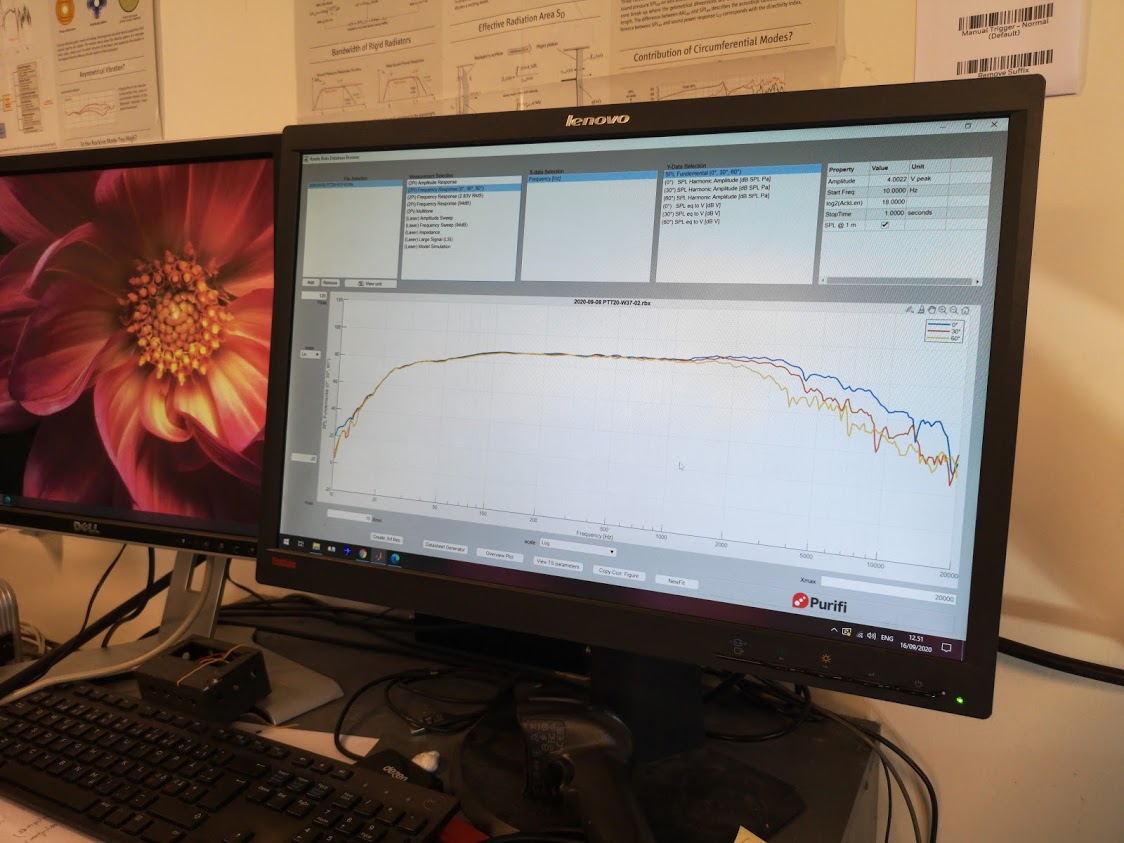
Due to the strong emphasis on research a significant amount of time has been invested into tool building. In particular the need to fully understand every aspect of loudspeaker drivers has resulted in a number of novel constructions. Prior to forming Purifi, PointSouce Acoustics had implanted an extremely perfectionistic anechoic chamber. It has no parallel walls and is lined with a highly customized dampening material. All access openings are made of a special dead composite material and even their frames are non-parallel. The room is hooked up with state-of-the-art measurement equipment connected to a proprietary drive unit analyzer. However, the room and associated measurement equipment itself turned out to be insufficient because the distortion components arising from the motor system could not be separated from other components contributed by the actual piston surface. Therefore, a separate coil analyzer was built to assist in the complete quantification of voice coils. This example perfectly illustrates the mindset of the Purifi team: keep digging until you understand.
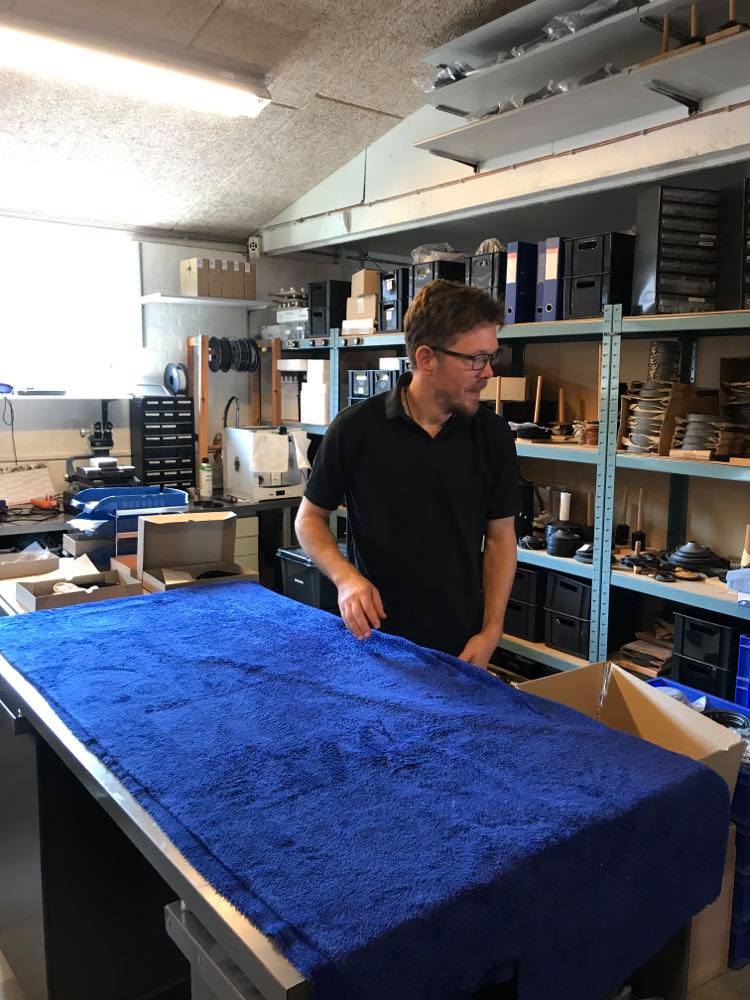
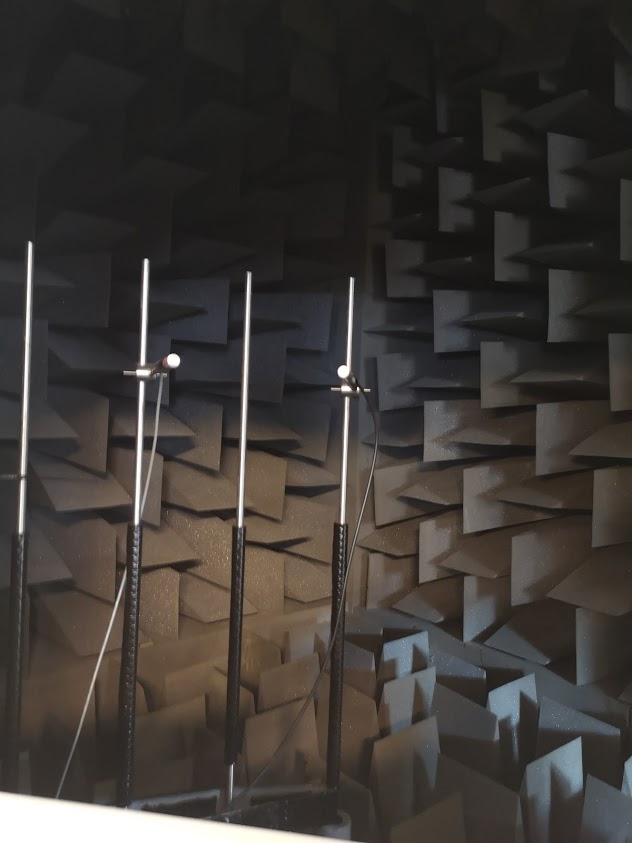
The rigorous mathematical modelling done as part of any product development allows the same attention to detail to be carried over into the production and testing phases. Both product vectors enjoy a design process where computerized design optimization of the mathematical models function directly as blueprints for the production of the units. Of course, this is a tremendous asset during development where the ability to instantiate your experiments at any time is invaluable. However, it also helps production tremendously. Firstly, the process itself has been thoroughly tested in every conceivable way and verified to yield consistent results - no returns among the first one thousand shipped drivers is simply impressive. Secondly, it allows each produced unit to incorporate any relevant combination of Purifi’s various IP blocks - a speaker driver, e.g., can benefit from improved soft parts, improved motor system, or the combination depending on customer needs and price point requirements.
Although Claus’ role demands him to care deeply about sales he is happy with the unrelenting approach to product development and, in particular, testing. As he puts it: One lesson thoroughly learnt from the time spent at TI is that any part, module, or chip that you would like others to integrate by the millions must be rock-solid in all application scenarios. This one sentence says a lot about the aspirations of Purifi Audio. Basically, Claus and co have decided on a three-pronged approach to the market. Firstly, and most visibly, they offer a limited catalog of products to manufacturers like March Audio and LKV Research and to the DIY market. Secondly, they also offer semi-custom products based on various combinations of their IP blocks and model parameter variations depending on the needs of a particular customer. And finally, they offer pure IP licensing deals where manufacturers like NAD acquire the right to freely incorporate certain IP block combinations into their products.
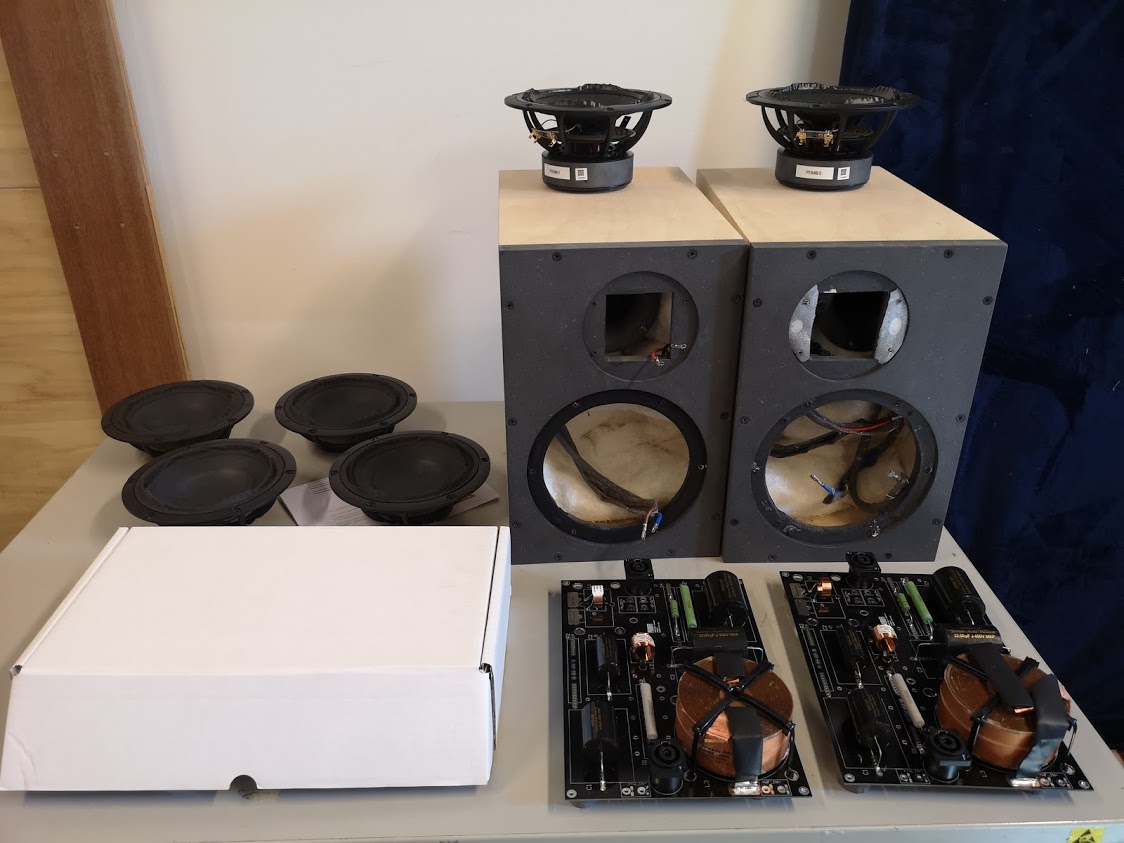
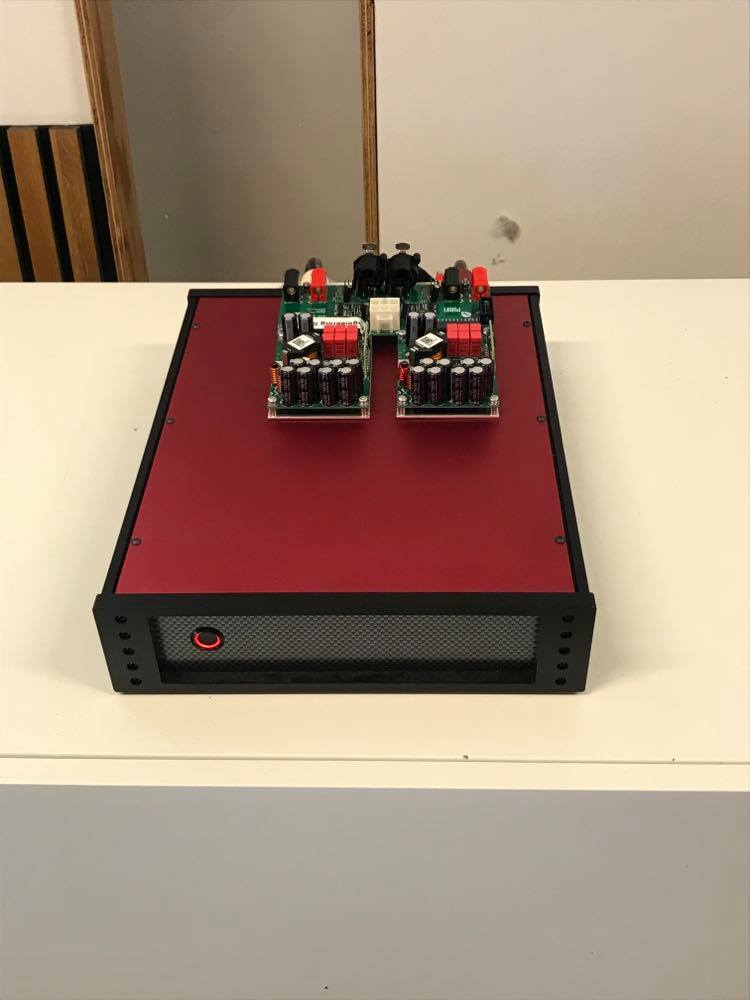
Eigentakt technology and the 1ET400A amplifier module
As already mentioned, the original idea of a compensating amplifier motivated a lot of work to understand the non-linear distortion mechanisms that influence the transduction of electrical signals to soundwaves. One particular villain that appeared in several places was hysteresis (or iron) distortion that seems to pop up whenever a piece of coil wound around an iron core plays a significant part in a transduction process. At closer inspection the induced distortion appears to be odd - not only is it out of phase, but it is unpredictably so. Essentially, iron involved in such processes appears to have a long-time memory carried by magnetic domains that can build up tension for a while, until they eventually flip and release an electrical pulse that is unrelated to the current signal. From the perspective of class D amplification this is awful news, because modulated PWM, and the conversion efficiency that it offers, depends on effective low-loss low-pass filtering of the PWM signal facilitated in part by public enemy number one: an inductor, i.e., a coil with an iron core.

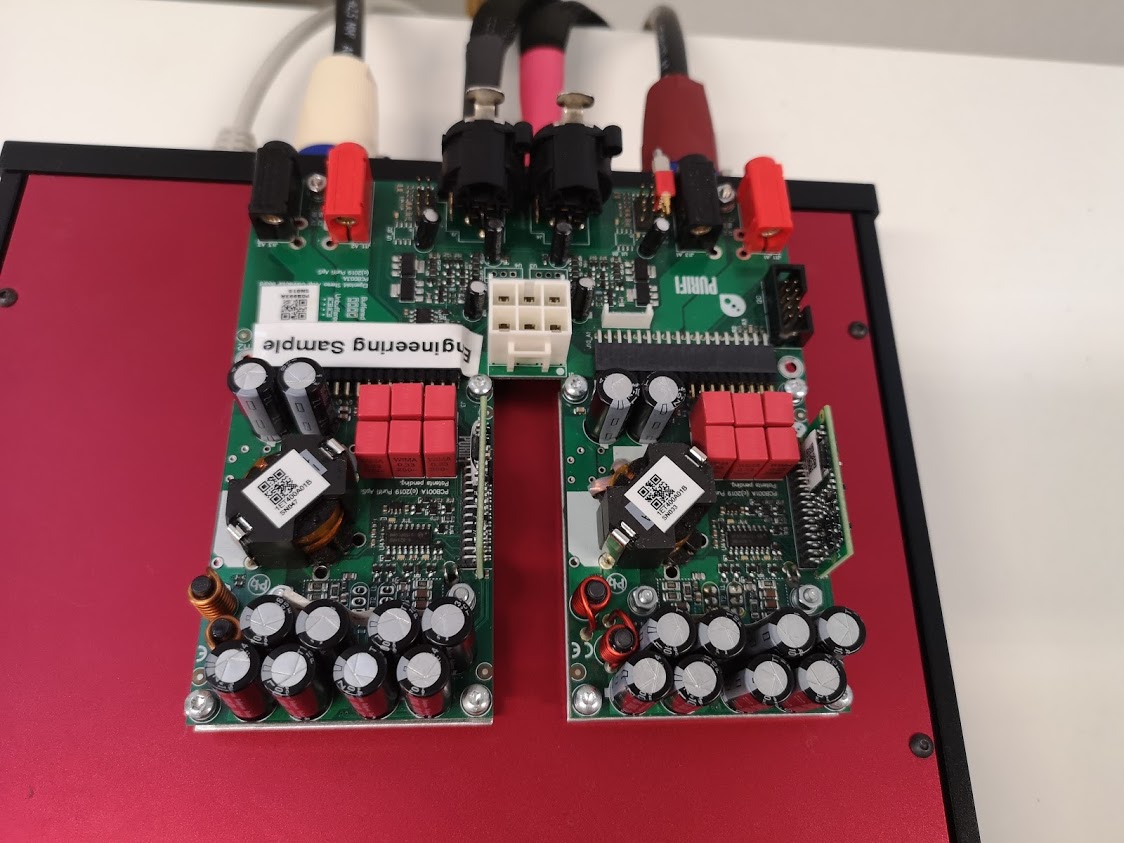
At first sight the solution seemed to be readily available in the top drawer of Bruno’s class D design toolbox: A feedback loop designed to suppress the hysteresis distortion. In the end, solving the problem turned out to require a purely global self-oscillating feed-back loop with a minimum of 75dB loop-gain in the audio band. It took careful mathematical modelling to optimize the self-oscillating behaviour and overcome some inherent stability issues that appeared near clipping. But the end result is also remarkable: the distortion is at least one order of magnitude lower than the previous best, clipping behaviour is as good as can be done with class A or B topologies, and the damping factor is very high and uniform throughout the audible spectrum - all improvements over previous class D topologies.
The tightly controlled self-oscillation turned out to be a defining characteristic of the topology and Purifi is therefore commercialising it under the technology brand name ‘Eigentakt’ - a German-style combined word literally meaning ‘own rhythm’. The first available commercial Eigentakt module is the 1ET400A. It is a single channel class-D module with a measured output of 425W into 4 Ohms at less than 1% total harmonic distortion (THD). At 100W output THD is only 0.00017%, which is below the cap for the majority of measurements made by audio experts. Thus, the module is quite powerful, extremely efficient, and still delivers a level of audio quality that improves the standards for any class of amplification.
The 1ET400A module is an OEM part meant for integration into amplifiers by other manufacturers or DIY enthusiasts. In order to facilitate manufacturers or users that want to test or use the module in a stereo setting, Purifi also sells the EVAL1 evaluation platform. It consists of a single PCB with banana plug speaker connections and XLR audio inputs that can be connected to two 1ET400A modules and a suitable supply of power to easily construct a stereo power amplifier. Besides the modules all other required parts, like cabinets, connectors/cables, power supplies, and pre-gain stages, must of course be procured elsewhere, and a separate sub-market for such parts is already emerging.
OEM customers that require other specs than the 1ET400A delivers, e.g. reduced or increased power output, can potentially order a batch of semi-customized modules from Purifi or even license the technology optimized to suit their needs. Either way, the parameterisation of the design model ensures that such requests can be accommodated.
Purifi transducer technology
The story of the loudspeaker drivers is in many ways a parallel to that of the Eigentakt amplifier modules. When Lars tried to understand the sources of non-linear distortions in loudspeaker drivers, hysteresis distortion caused by the soft iron in the motor system quickly became one villain of the tale. In this particular case, however, the hysteresis distortion seemed to be intimately connected to another distortion phenomenon called Force Factor Modulation (FFM). This occurs when the magnetic field induced in the voice coil adds itself to the field of the permanent magnet. Since the field induced in the coil varies with the signal this effect causes rather large and seemingly unpredictable changes in the magnetic flux within the voice coil gap where you really want the flux to be constant. Clearly the field variations induced by the coil also interact with the soft iron around the gap, gradually building up tension in magnetic domains that eventually flip to release their accumulated energy and creating hysteresis distortion in the process.
In the spirit of Purifi, Lars, Carsten and the transducer team created an elaborate mathematical model of the motor system and managed to come up with a carefully designed motor geometry that virtually eliminates FFM, and thereby also hysteresis distortion, to a minimum. The new motor system is a clear win in itself, but the detailed understanding of the motor system had further advantages. The next step was to optimise a variable winding pitch profile for the voice coil to make the force factor independent of the coil position. The resulting motor is now close to ideal with a force factor independent of both current and position plus having a substantially reduced and position independent inductance. Now able to completely quantify the contributions of the motor system Lars was able to pinpoint distortion contributions from other parts of the driver. The most significant turned out to be Surround Radiation Distortion that arises from the fact that the surround deforms during driver movement. It acts as an effective extension of the driver cone area when the driver is moving inward but more or less disappears when the driver moves outward. This gives rise to a very audible form of intermodulation distortion that is accentuated in long-throw drivers because of the large ratio of surround area vs cone area and the extra degree of deformation caused by the long driver excursion.
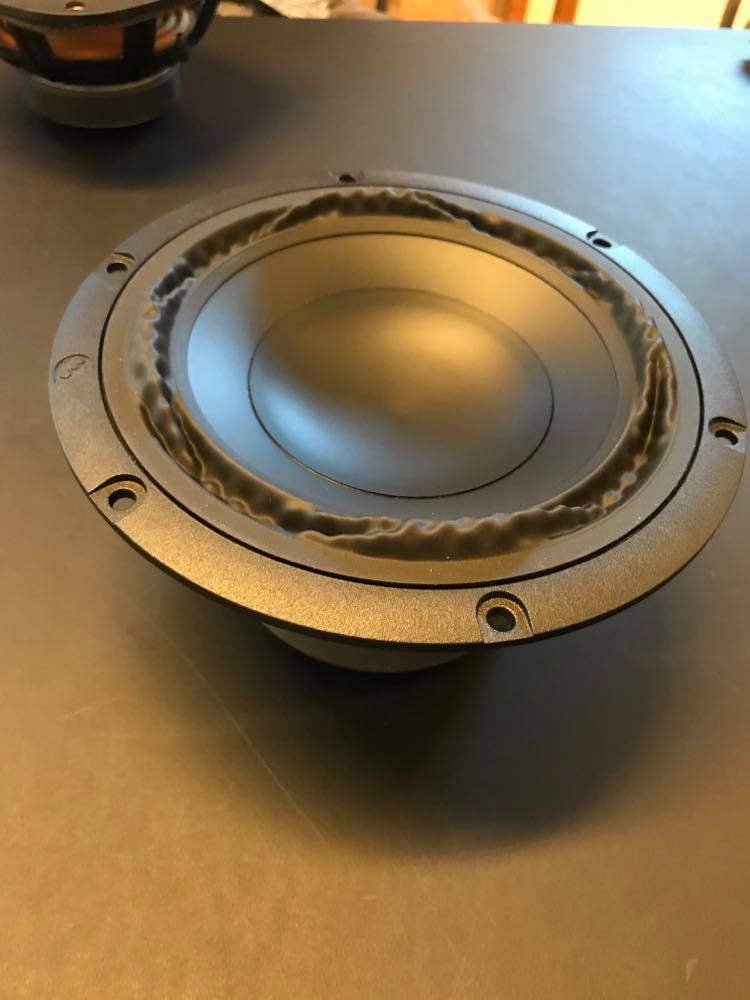
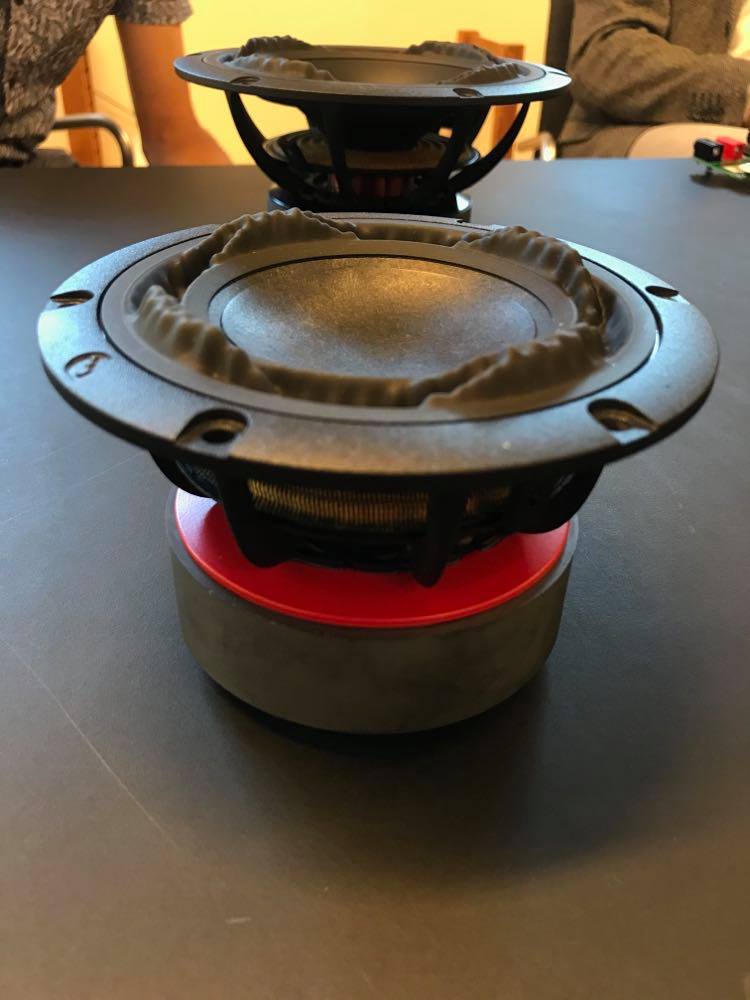
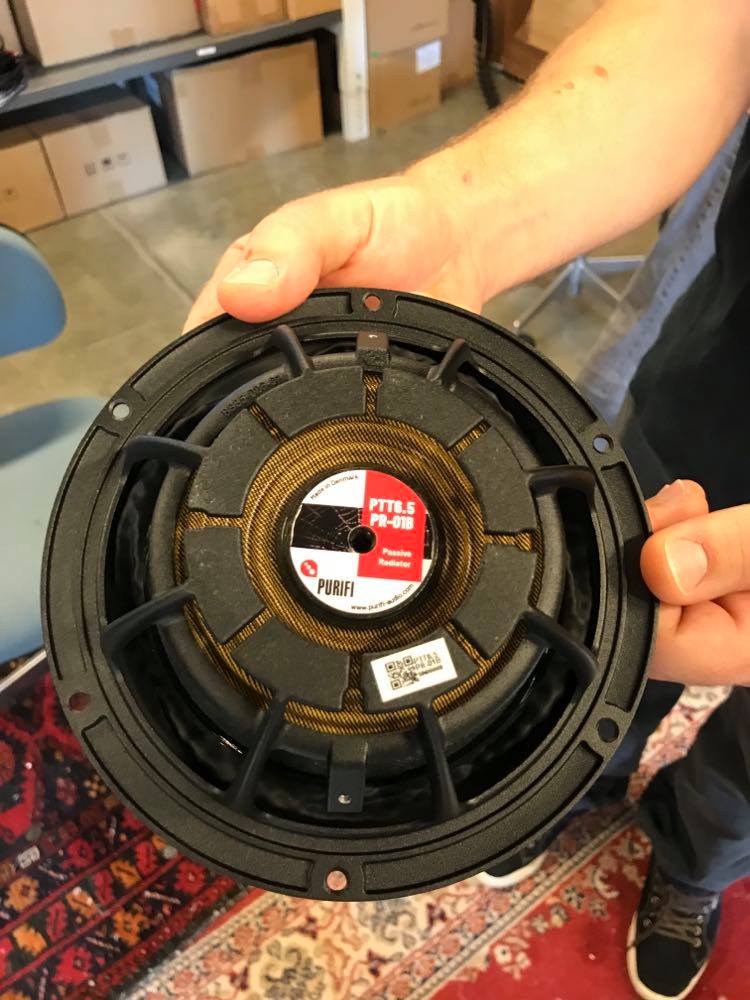
The solution to such a problem may seem obvious - just devise a surround that deforms in such a way that the front facing total area of cone and surround remains constant at all excursions - but it is certainly not simple. Indeed, Lars had to complete another round of careful mathematical modelling to crack this particular nut. The result of these efforts was a new type of surround that has a quite odd bumpy shape. It is designed such that half of the area is retracted and the other half protruded at all excursion levels - including when the driver is at rest - and that results in a very unusual visual appearance.
Being primarily occupied with function, as may be typical of engineers and scientists, Purifi did not consider any aesthetic aspects of the design before they took the drivers to High-End Munich for their first public appearance in the spring of 2019. Visitors were impressed with the technology behind the drivers, but some also criticised the visual appearance. Fortunately, all such criticisms stopped once the drivers were demonstrated, but Purifi still took the lesson home and considered various options for improvement. It turned out that a quite simple change did a lot to improve the visual appeal of the driver: the first version of the surround material was shiny black and made the unorthodox shape of the surrounds look hard and almost spring out at you. Simply changing the material to be matte black suddenly made the surround look soft and much less aggressive. After this change most criticism regarding the looks of the drivers has subsided.
So far the transducer technology vector has resulted in four ultra low distortion long stroke drivers, three of which combine the new motor technology with the improved surround. The fourth driver is a passive radiator that only incorporates the improved surround. The smallest driver is the 4’’ PTT4.OW04 with a 84.3 dB sensitivity and a resonance frequency of 45Hz. The 6.5’’ PTT6.5W04 and PTT6.5W08 are both 6.5’’ drivers with a nominal impedance of 4 and 8 Ohm respectively. They have sensitivity of 88.5 dB sensitivity and a resonance frequency of 30-31Hz. Finally, the PTT6.5PR is the passive radiator.
These drive units are not insensitive considering their very long stroke, but they are clearly not meant to be driven by low power tube amplifiers. However, rumour has it that Purifi will be bringing an 8’’ driver with somewhat higher sensitivity to market in the near future. In any case, there should be plenty of appeal to loudspeaker manufacturers as there is nothing on the market of the same sizes that is even close in performance when it comes to modulation and distortion.
Demonstrating Eigentakt and SPK5
To be perfectly clear, Purifi does not produce actual loudspeakers. However, they have developed a bookshelf speaker design of their own, the SPK5, that they use for testing purposes. As a courtesy to their customers the design can be freely downloaded from the Purifi website.
During our visit we were treated to the pleasure of a demonstration of the 1ET400A modules driving a pair of SPK5 in their everyday listening room. Preampliciation and DA conversion was handled by the Tambaqui DAC produced by Mola Mola, another of Bruno Putzeys’ past businesses. The crossovers of the SPK5 were placed externally to the drivers in order to facilitate quick changes of drivers, but other than that the setup appeared ordinary.
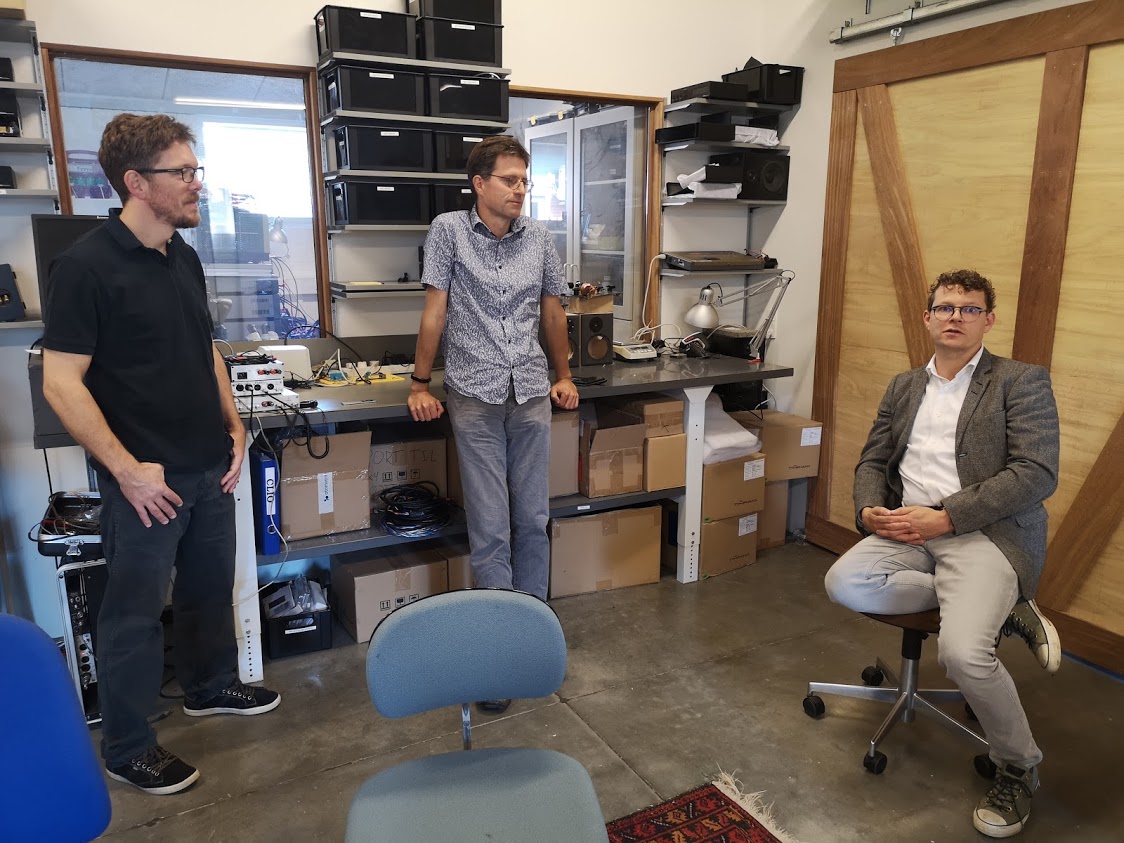
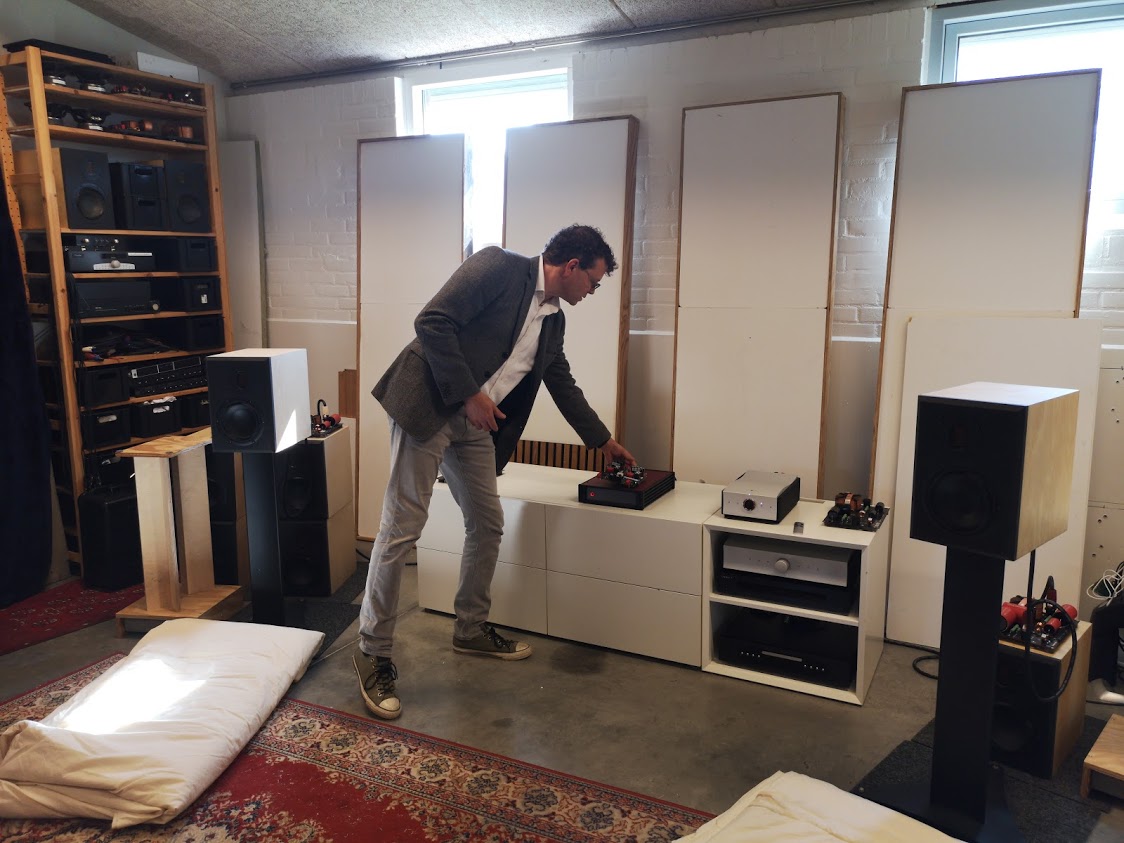
The Purifi team demonstrated three different tracks and we have noticed that the tonal balance was consistent with a sharp and robust voice reproduction and an extremely pure midrange. Although it did not extend into the lowest frequencies due to the small cabinet of the SPK5, the bass was taut and tuneful. One track in particular demonstrated that midrange clarity remained superb even when the bass area was busy, and the driver excursion was large - a clear indication of low overall intermodulation distortion.
We had no opportunity to directly compare Eigentakt to other class D amplifiers, but one easily recognizes the pure transparency and clean power produced by this small and quiet device. In short, we really liked what we heard.
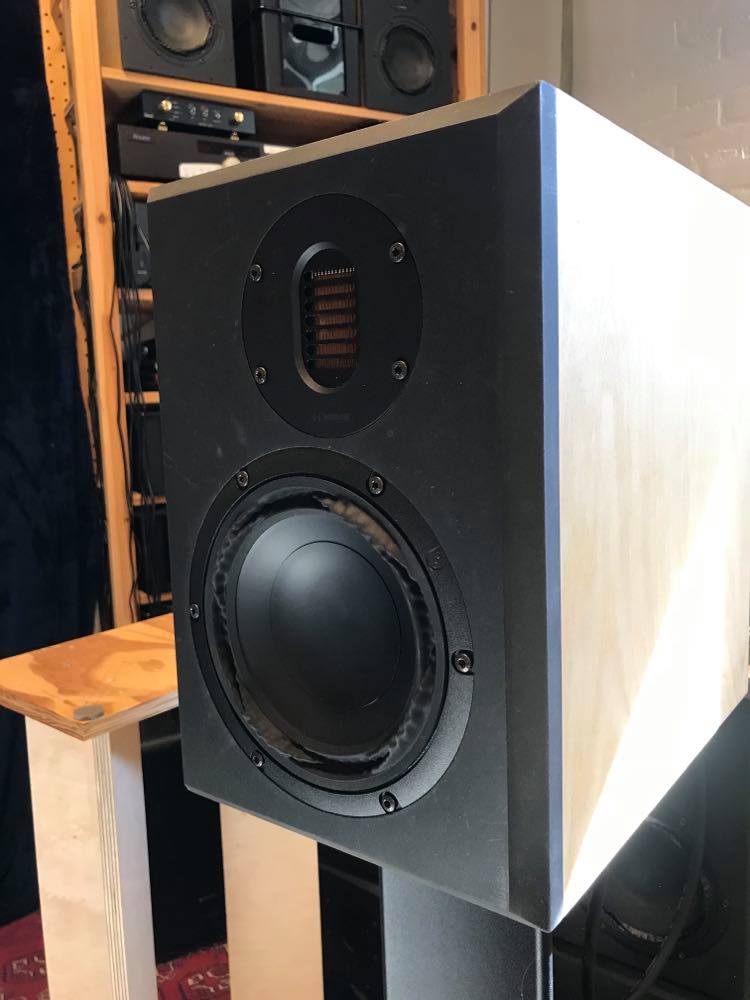
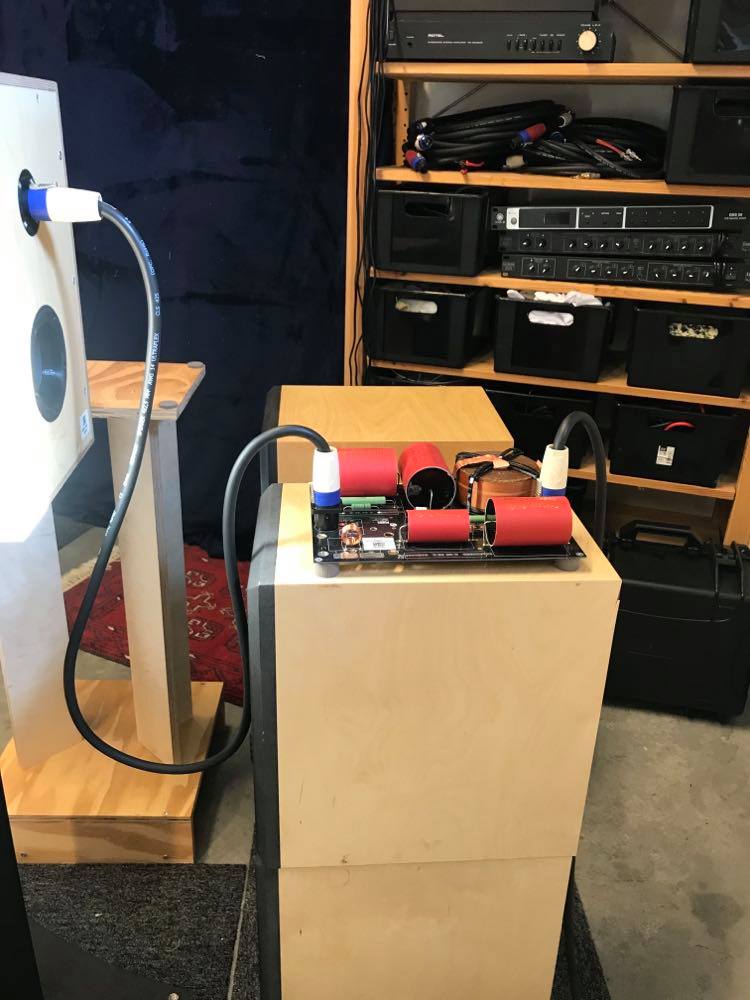
Conclusion
Purifi Audio is a young company, but they appear to have come a long way in a short time. This is unsurprising if you consider that the company is basically a get-together of some of the most experienced and specialized minds in their particular areas of the audio industry. In some sense, however, it is admirable that the collected experience of the involved people has turned the whole enterprise idealistic, rather than cynical. At the very least the relentless drive to uncover the most fundamental issues and get everything right from the bottom and up requires both a lot of stamina and a lot of money. Our meeting with Claus, Lars, and Carsten left no doubt where the stamina comes from and luckily Peter Lyngdorf seems happy to vouch for the funding.
In terms of technology, Purifi is already rocking the boat substantially along the two technology vectors they are currently working on. We expect the number of vectors to grow in the future, but presently the focus is on the scaling of the two existing vectors and on bringing the three-pronged business strategy to fruition. This project is coming along nicely too, with several OEM customers and IP licensees already onboarded and many more showing interest. The DIY market is also going well with the EVAL1 + 1ET400A being the most sold item in the webshop and the loudspeaker drivers, in particular the 6.5’’ drivers, picking up pace too. Rosy as that may sound, there is still more to do and Claus currently has his eyes set on more progress in the mid-range and high-end consumer markets.
In our view their pursuit of better Audio for everyone is commendable and deserving of great success. After talking to Claus, Lars, and Carsten we are happy to report that another corner, or two, of the Danish audio legacy seems to be in very safe hands.
Share article